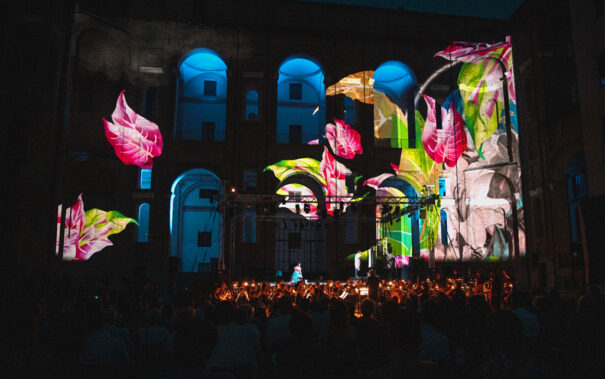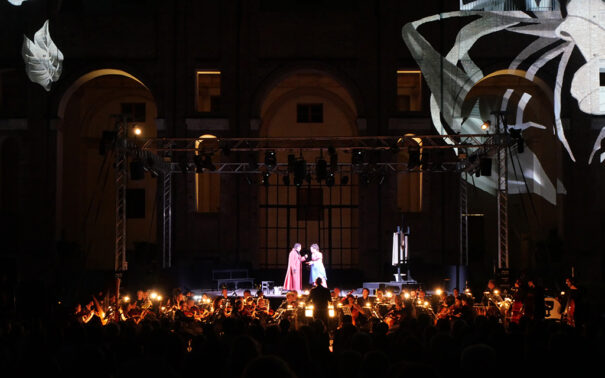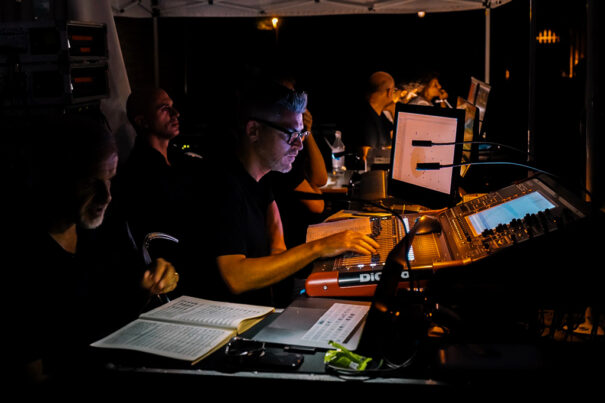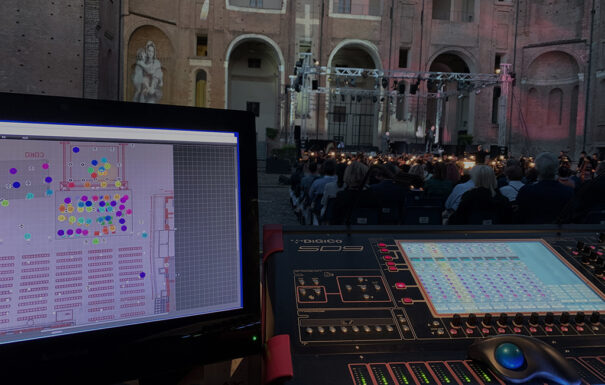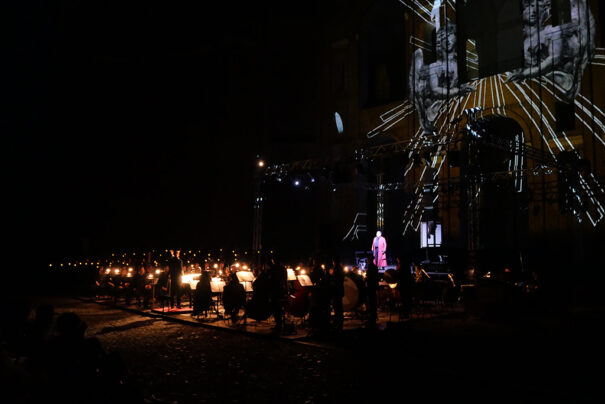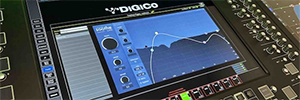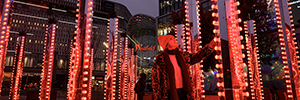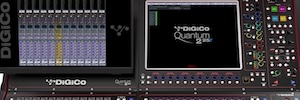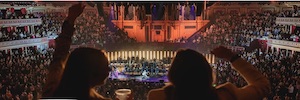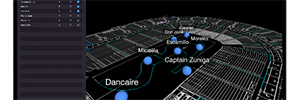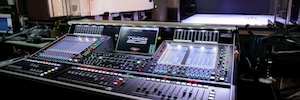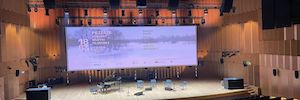TiMax refuerza la acústica del Palacio Farnesio para la representación de ‘Tosca’
Para la representación de Tosca en el Palacio Farnesio se diseñó un sistema de sonido multicanal utilizando las soluciones de d&b audiotechnik, el procesador TiMax SoundHub y la consola Digico.
En el patio del Palacio Farnese de Piacenza, la representación estrella de la Notte d’Opera a Palazzo de este año fue una representación de Tosca de Puccini. La acústica natural de la arquitectura del siglo XVI fue realzada con fuerza y naturalidad por la destreza inmersiva del procesamiento de sonido espacial TiMax. Para complementar esta simpática amplificación espacial y garantizar la completa inmersión en el espectáculo, se creó una escenografía virtual sobre la fachada del edificio.
Federico Bianchi fue la persona encargada de diseñar el sistema de sonido multicanal de d&b, dirigió el procesador TiMax SoundHub y mezcló el espectáculo en una consola Digico.
Al maximizar el distanciamiento social para garantizar un entorno seguro para artistas, músicos y público, la colocación del sistema de altavoces distribuidos se vio dificultada por un montaje del escenario poco convencional. Esto hizo que las posiciones de los altavoces fueran irregulares, pero TiMax las integró en un campo sonoro inmersivo, basado en objetos y sin fisuras.
Aunque Bianchi admite que cubrir la amplia zona del público fue la mayor dificultad, el espacio en el escenario también representó un reto para el diseño del sistema de sonido. Una orquesta de 55 músicos se situó frente a los intérpretes de ópera en el escenario principal, mientras que un gran coro se ubicó a un lado.
“El amplio espacio no tradicional de las tres fuentes musicales obligó a encontrar soluciones para mantener cada elemento mezclado y en perfecta sincronización entre sí. Habría sido imposible sin TiMax para garantizar la localización y la inteligibilidad para todos los presentes”, comenta Bianchi.
El montaje in situ fue rápido gracias a la función de cálculo automático de TiMax PanSpace. Bianchi pudo prediseñar el sistema offline, trazando la topología del sistema de altavoces y las ubicaciones en PanSpace, y luego renderizando los mapeos espaciales del escenario y del sonido envolvente con sólo pulsar un botón.
El sistema principal constaba de cinco altavoces point-source d&b, distribuidos para cubrir la anchura del escenario, asistidos por cinco front fills y cuatro unidades de subgraves.
Tres altavoces de retardo proporcionaron un refuerzo espacial de apoyo para las últimas filas. Se añadieron otros cuatro altavoces de anclaje a la estructura frontal del escenario entre los cantantes de ópera del escenario principal y la orquesta, para aumentar las voces en el escenario y su precisa localización. Para mejorar la mezcla envolvente y crear una reverberación espacial ambiental, se colocaron ocho altavoces de sonido envolvente a los lados y detrás del público.
Los productores se resistieron en un principio al uso de la amplificación, por temor a crear un sonido poco natural, pero finalmente la localización y la inmersión auténticas y transparentes creadas por la mezcla espacial TiMax de Federico Bianchi contaron con la plena aprobación de todos.
Te gustó este artículo?
Suscríbete a nuestro RSS feed y no te perderás nada.



